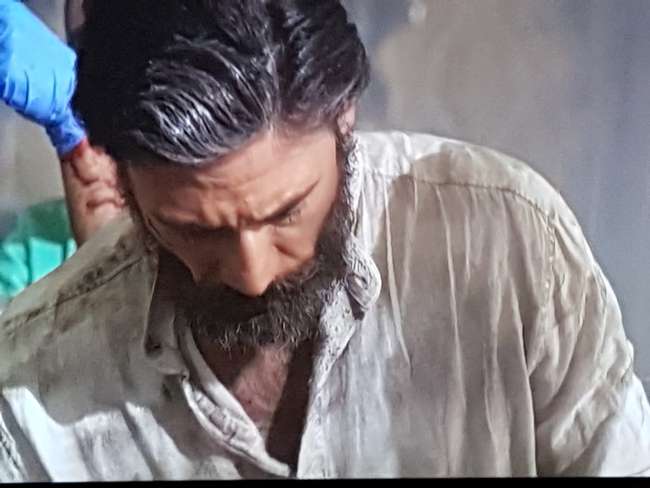Don Curry becomes tourist attraction
MIVOAKA: 02.02.2017
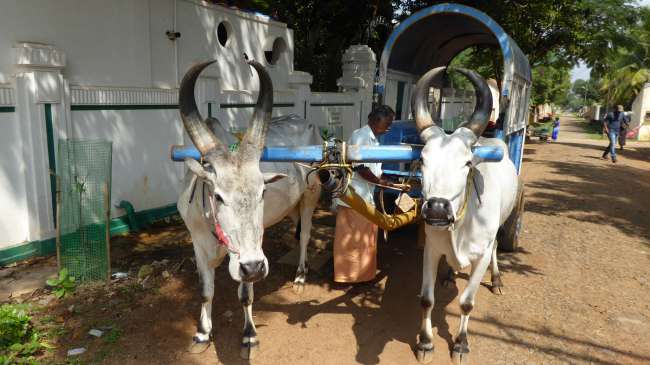
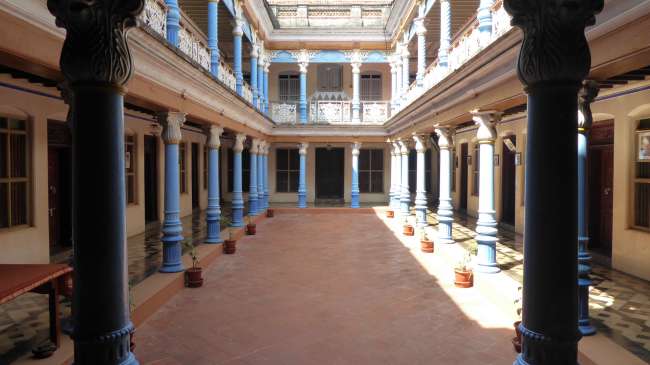
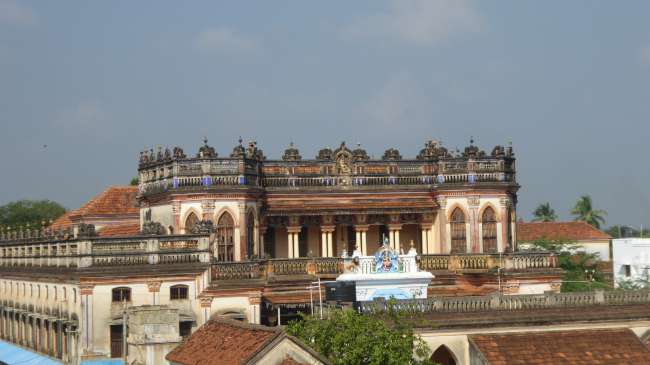
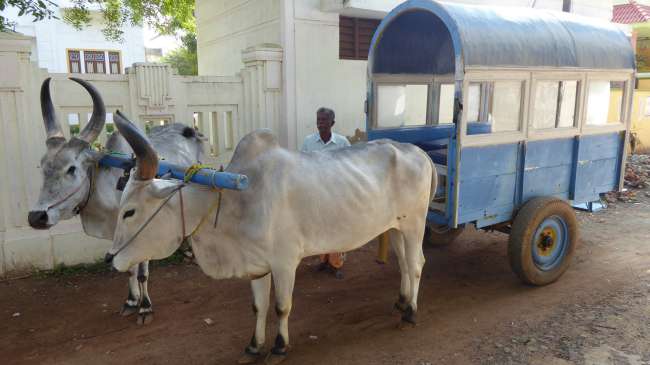
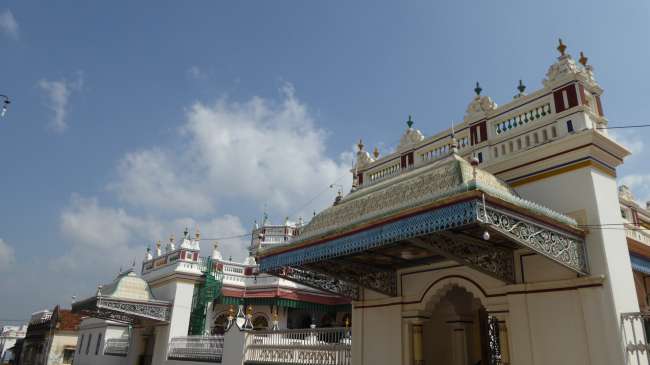
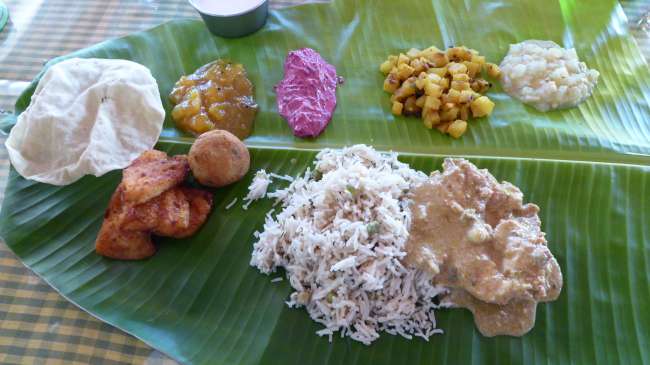
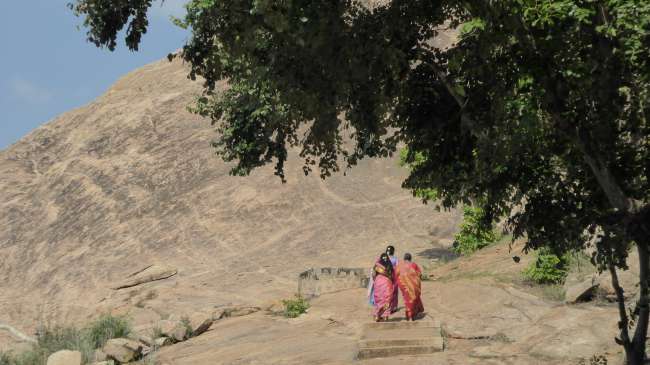
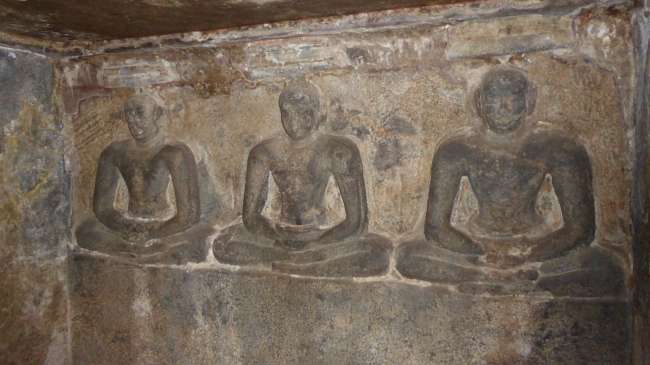
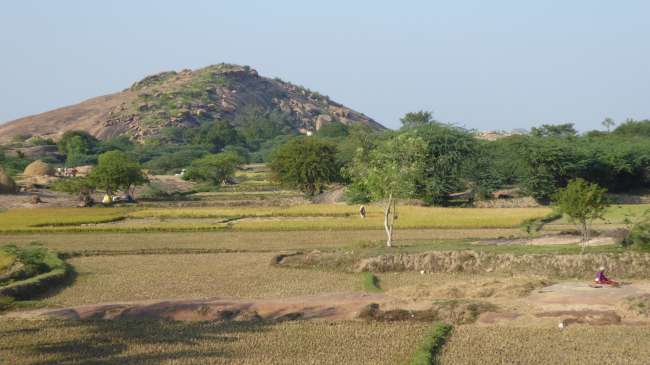
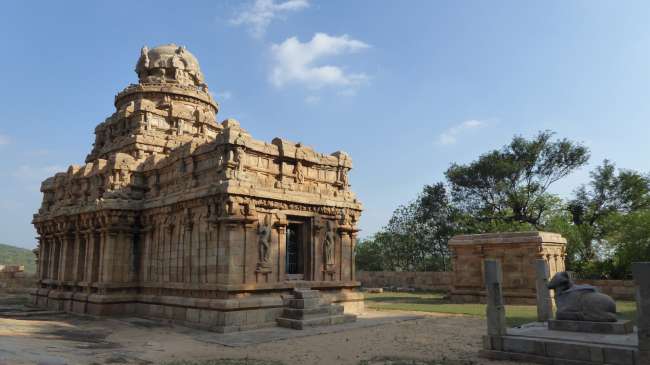
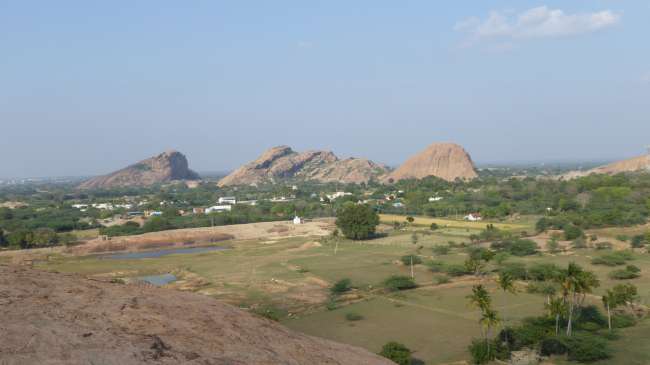
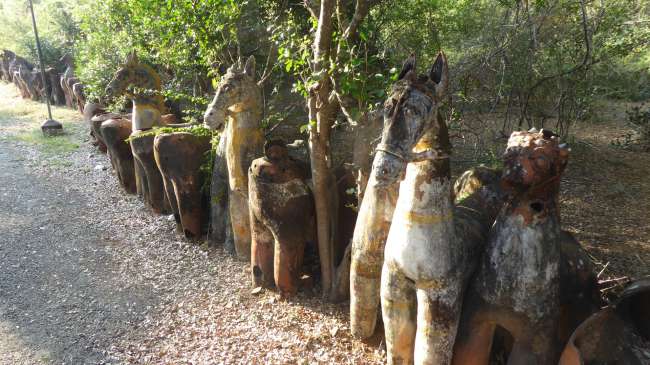
Misoratra anarana amin'ny Newsletter
Don Curry likes to visit the major attractions of the world. Unfortunately, these are the places where whole busloads of tourists are regularly brought in to be quickly transported to the next highlight after a very short stay. Fast-food travel for the masses! The less time Don Curry spends in a country or a region, the more he has to follow the beaten paths of the package tourists and expose himself to the plague of mass tourism. You can't have the Taj Mahal all to yourself.
But there are still cultural treasures that have not yet been discovered by the turbo-travelers of our time. Finding them is a real passion for Don Curry: sometimes he wants to be an explorer rather than just a traveler.
Chettinad is certainly not one of the main destinations of Indian tourism. This region is still considered a secret tip for those interested in culture, architecture or cuisine. But even in Chettinad, there are sights that are still too secret even for a secret tip. Don Curry wanted to visit some of them today.
However, the day started with a special breakfast. Usually, the guest goes to the buffet in the hotel, but in the Chettinadu Mansion, the buffet comes to the guest. As soon as you take a seat, the numerous employees of the house come to the table one after the other to advertise their delicacies. The guest should pay attention, otherwise a whole mountain of Indian breakfast specialties will soon pile up in front of him. A whole plate of fruit pieces and a plate of sweet pastries and cakes are already waiting at each place.

Strengthened in this way, Don Curry felt adequately motivated to expand his range of unusual means of transport. Through the hotel, he was able to rent an ox cart with 2 zebu oxen and 1 driver for one hour for the equivalent of €4.50. It was supposed to start in 20 minutes. Don Curry simply waited in the magnificent courtyard of the house, where he also had the best internet connection. Suddenly he heard German words. A small tour group from another place had booked a German-speaking guide to show them around the typical village Kanadukathan. The Chettinadu Mansion had to be included in the sightseeing tour, of course. The tourists marveled at the blue pillars of the great courtyard and eagerly snapped pictures. Don Curry doesn't know how many photos he was immortalized in while waiting. Just as the tourist group was leaving, a hotel employee told him that his new room was ready.

From the dark ground floor room, Don Curry now went to the first floor of the courtyard, to a significantly smaller room, but this one had its own small rooftop terrace with a wonderful view over the roofs of Kanadukathan. He had barely had the chance to enjoy his new dwelling even a little bit when there was a knock at the door: the ox cart was ready.

Indeed: in front of the Chettinadu Mansion stood two powerful white zebu cattle and a friendly older man; a small two-wheeled cart with 5 stools was attached to the zebras. Don Curry got in and the cattle set off leisurely. In one hour, it would be easily possible to drive through all the alleys of the small village. Almost every alley contained at least one example of the typical spacious Chettinad houses - in different stages of building condition: from the almost-ruined to the splendidly restored grand building. Don Curry was also allowed to visit and admire one of the houses accompanied by the ox cart driver. After the visit, the old landlady appeared with an admission ticket for which the price of 100 rupees (about €1.35) was written. When Don Curry wanted to pay the requested amount, the ox cart driver protested and made it clear that Don Curry should only pay 50 rupees. The visibly disappointed landlady had to give Don Curry back 50 rupees, as the carman insisted on it. At the next intersection, the ox cart met the German tourist group, which had already visited the Chettinadu Mansion. Delighted by this rustic vehicle, all the group members grabbed their cameras and took pictures of the ox vehicle from all sides, of course also the man sitting inside, who was probably the owner. Once again, Don Curry found himself on many memory cards and would virtually be present at many reunions. After passing by the Raja Palace of Kanadukathan, the cozy ox tour finally ended. The carman gladly accepted 100 rupees as a tip and let Don Curry stroke the soft white fur of the zebras and their humps.

Don Curry used the remaining time to thoroughly explore and capture his accommodation. At 12 o'clock, Prince arrived to take him to lunch. Don Curry had already pre-ordered it the night before at the famous restaurant The Bangala: a typical Chettinad cuisine menu. First, a large green banana leaf was spread out in front of Don Curry; then, one by one, various chefs came with a pot, leaving a considerable dollop on the leaf from each pot. Gradually, a menu that resembled a color palette rather than a sequence of courses, and that was enjoyed not one after the other - as in Europe - but simultaneously, was created. Although Don Curry had to pay around €20 for the menu including beer, a luxury price for a meal in India, the incredible variety of flavors and the wonderful ambiance more than made up for this amount. In conclusion, he bought the famous cookbook of the Grande Dame of The Bangala.

Extremely satisfied, Don Curry was now ready for new adventures. Although Prince had expected to return to the Chettinadu Mansion after lunch, he did not know Don Curry well enough yet. He had discovered a whole series of worthwhile attractions in the excellent Michelin guidebook, which are far off the usual routes. He chose the rock paintings in an ancient Jain temple near Sitannavasal as his first destination. The surrounding landscape already exuded greatness: powerful reddish-brown rocks rising from a sea of palm trees and other deep-green vegetation against a radiant blue sky.

At the end of a short flight of stairs, Don Curry stood in front of a wide metal gate in the rock wall, through which a door provided entry. Here, he was standing directly in a two-part antechamber carved into the rock, which granted access to the actual temple tower, a small square room of perhaps 2 meters on each side. For these truly small rooms, Don Curry had to pay an entrance fee of 200 rupees (about €3), twenty times as much as an Indian visitor. But when he discovered the remnants of the ceiling frescoes in the antechamber, the entrance fee was more than worth it. The original frescoes dating back to the 6th century not only show various flower motifs but also a panorama teeming with living beings in the center: elephants, fish, tigers, monks, birds - everything was artfully interwoven with and on top of each other: a real carpet of life, a festival of manifold life that suits the Jain religion perfectly. A guide revealed another secret of the temple room: when a certain deep tone was struck, even if only by humming, the entire room became a resonating body. The voice could be greatly amplified as a result, creating an impressive echo effect - but only at a specific pitch. When Don Curry learned that there was no pictorial material available for the temple frescoes, he tried the charming approach and actually managed to persuade the guide and the guard to let him take an illegal photo. He took four photos, thanked them sincerely, and looked forward to his next destination.

While the Jain temple was still well signposted and commercially marketed, there was no indication of the cave temples of Narthamalai. Google Maps offered a route description, but it ended in a kind of wild dump in the town. Prince was not willing to go any further. However, a village woman happened to come by to ask where we wanted to go. She knew the cave temples and showed Don Curry at least the direction. That was an adventure he liked: having to find his way to remote attractions, knowing that no package tourist would ever reach here.

After about 800 meters through a magnificent rocky landscape, Don Curry suddenly stood in front of a small temple complex from visibly ancient times. Several shrines surround the beautifully decorated main temple. Unfortunately, the two cave temples in the rock wall behind them were locked behind massive bars, but like the freestanding main temple, they also showed visible signs of regular use and worship.

Don Curry thoroughly enjoyed the timeless atmosphere of this secluded place and its sanctuaries. In the distance, reddish-brown, bizarre rocks rose from an otherwise flat landscape, palms framed the beautifully green rice fields, giving the surroundings additional accents. Against the radiant blue sky, an overall picturesque Asian landscape unfolded, which Don Curry had all to himself. Actually, an experience that one would have liked to pack in the travel bag - but Don Curry did it differently: he simply sat there in amazement until his soul was filled with this beauty.

But it was even about to get better. As the next destination, Don Curry had a so-called Ayyanar shrine in Namunasamudram in mind, a popular relic that is said to date back to pre-Hindu times. Instead of solidly built temples, the shrines are simply sacred places where various statues of gods are worshipped. The special feature of the Ayyanar shrines, which are particularly widespread in Chettinad, is the votive offerings that believers place on the way to or from the shrine after their requests have been fulfilled: large, sometimes life-sized terracotta horses or elephants, partially colorfully painted. In the grove that houses the shrine, hundreds, if not thousands, of terracotta figures were now standing in rows on the only access path. Their state of preservation varied greatly, often ears or whole heads were missing - but proudly they still stood in their place. Don Curry has rarely seen anything more bizarre, and he has seen many things during his travels. Another hidden gem that is not mentioned in most guidebooks.

A few photos of Tirumayam Fort and a good dinner at the Chettinadu Mansion concluded an eventful and surprising day, in which Don Curry was able to shine both as a tourist attraction and as an explorer.
Misoratra anarana amin'ny Newsletter
Valio
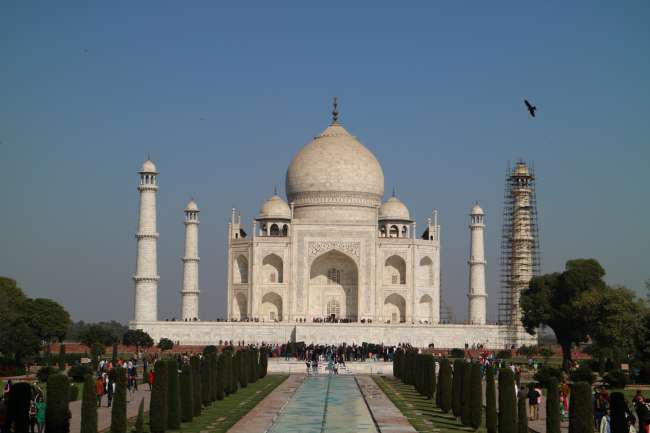
Tatitra momba ny dia INDE

